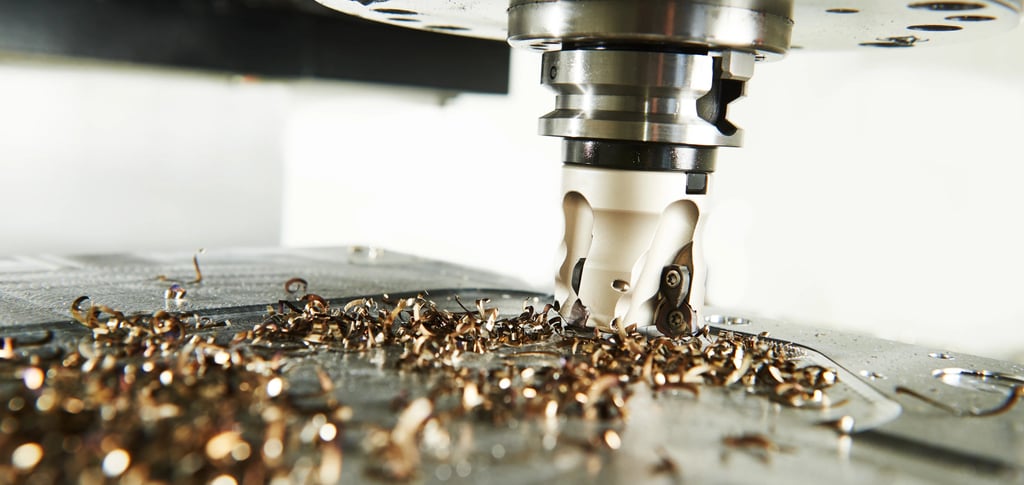When not steel safe is steel safe.
A method of getting around adding material to a mold when you want to remove plastic. You might call it "steal" safe.
PLASTIC PART DESIGN
9/12/20233 min read


People who work with designing plastic parts are familiar with the term “steel safe”. If you have to make a change to a part already being molded, whether for production or prototype, a steel safe change is preferred and much easier. For those who don't know what I am talking about know, consider the case of a simple poker chip. If you wanted to make it thicker or a larger diameter, that is making the part bigger by adding plastic to it. To add plastic to the part, you remove steel from the mold. Removing steel by machining or some other process is easier than adding steel by welding, which has the additional disadvantage of potentially changing the steel’s hardness. If you want to remove plastic from the part, that requires adding steel to the mold. Most of the time.
Wait, he said "most of the time". What is the exception to the remove plastic/add steel rule? A simple case is again the poker chip, where instead of making it thicker, you want to make it thinner. Thus, the part has less plastic. Below is an image of a very simplified version of the mold for making a poker chip.
In normal practice, to make the chip thinner, you would need to somehow add steel, represented by the blue in the lower portion of the mold.
With this alternate method, instead of adding steel to the area of the mold that makes the part, remove material from face of the mold outside of where the part is made. In doing so, you have also shortened the height of the poker chip with the same net result.
All right. This is a very simplified case and you have probably never designed a poker chip. One area where this has a better chance of occurring is a part with a flange that might need to be made thinner for some reason. This could work depending on other details of the design. One area where this could help that is likely more common is in the case of changing materials to one with different shrink without wanting to change the part size. If you have had to do this, you know it is a pain and not cheap. Whether the shrink increases or decreases, one half of the mold, core and cavity, can be changed in a steel safe manner and the other cannot. However, it might be possible to take away some portion of the face of the mold such that the otherwise non-steel safe changes become steel safe.
Disclaimer time. I am not a mold maker or mold designer. As you might say, I know enough about mold design to be dangerous. This idea will not work in all cases so consult your moldmaker to see if it is a fit for your application. Since most or all mold makers are aware of this “trick”, they shouldn’t be surprised if you bring it up. My main reason for writing this is so that you know there are a few cases where non-steel safe is not as difficult as first feared and to have a little understanding of what they are.









